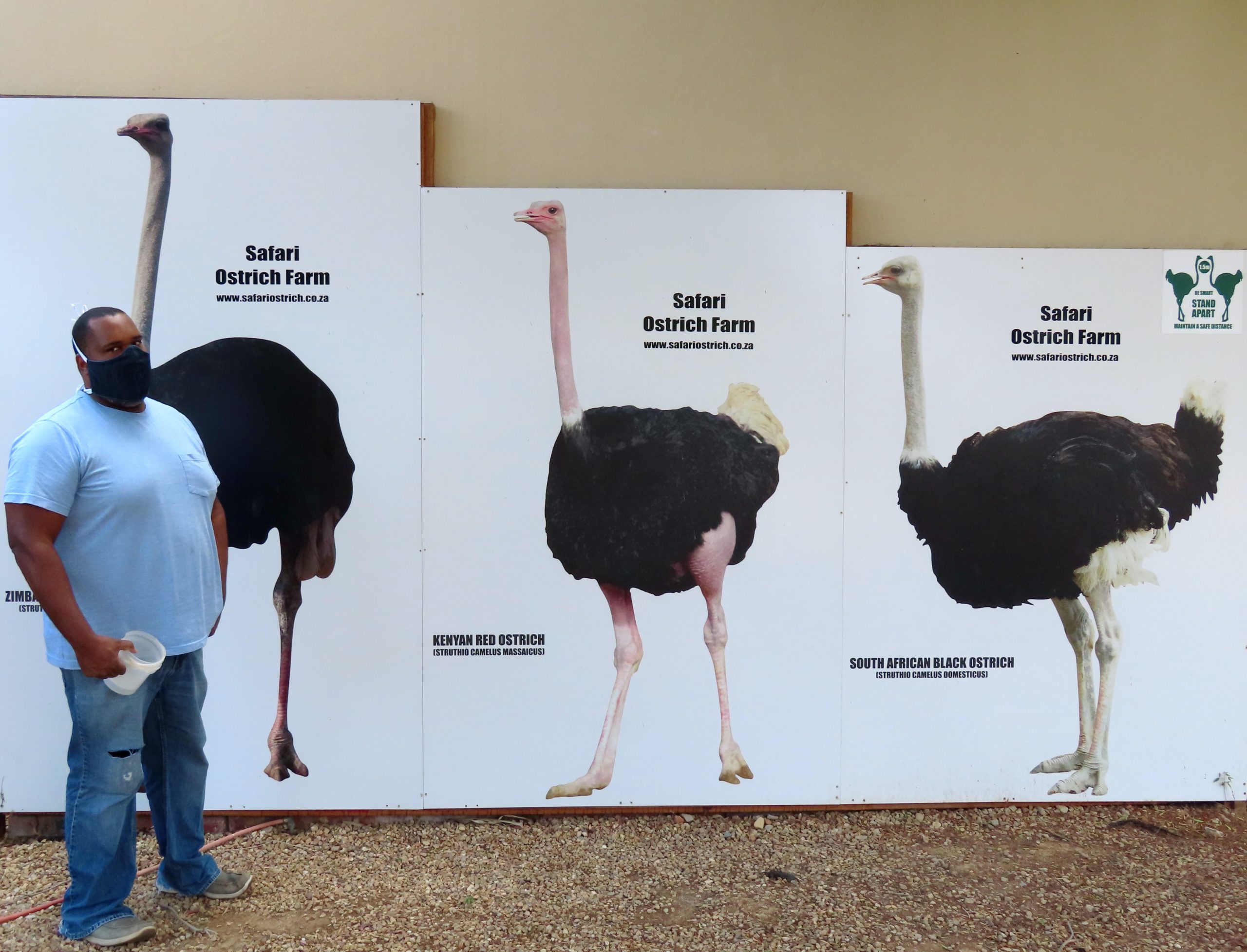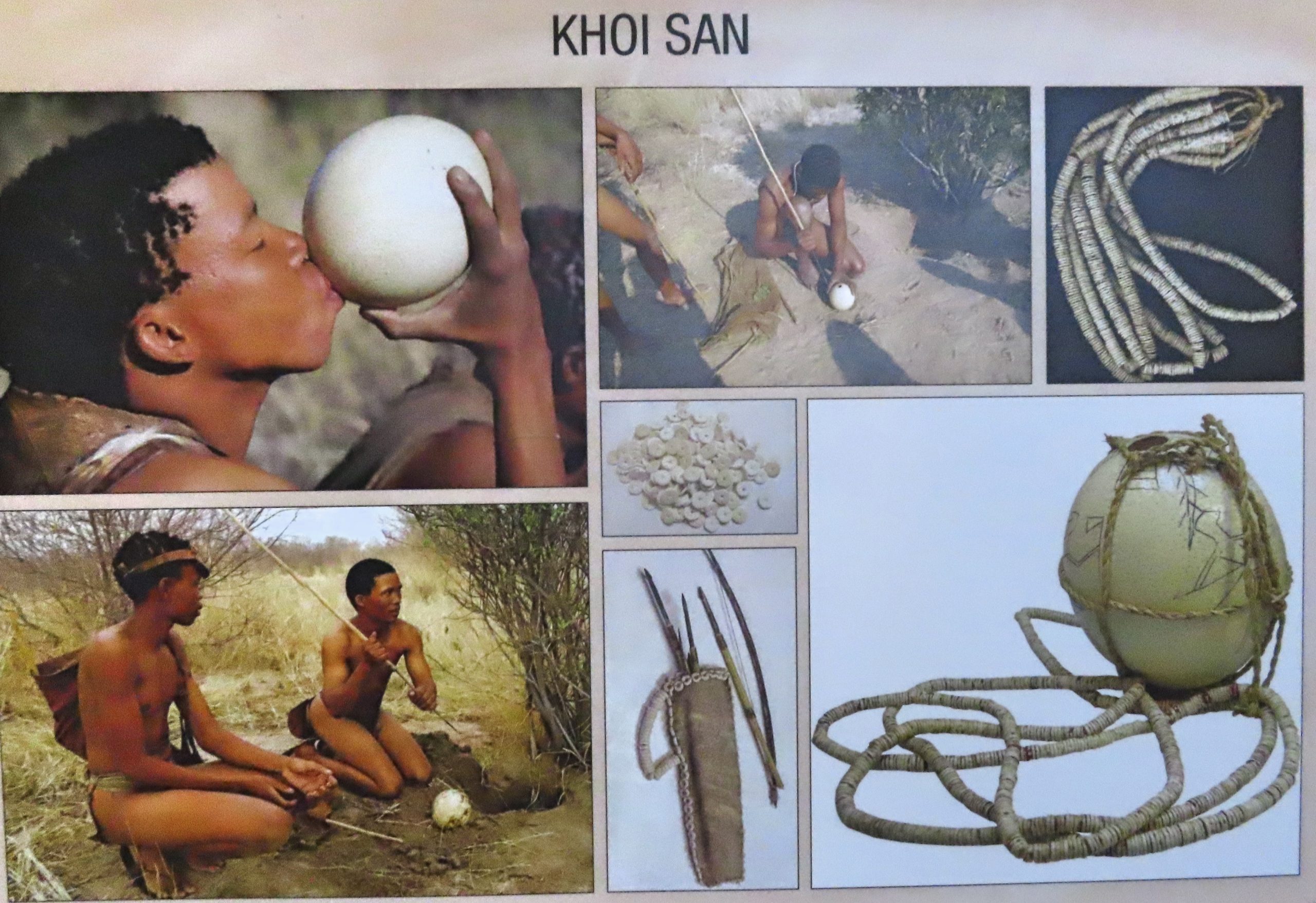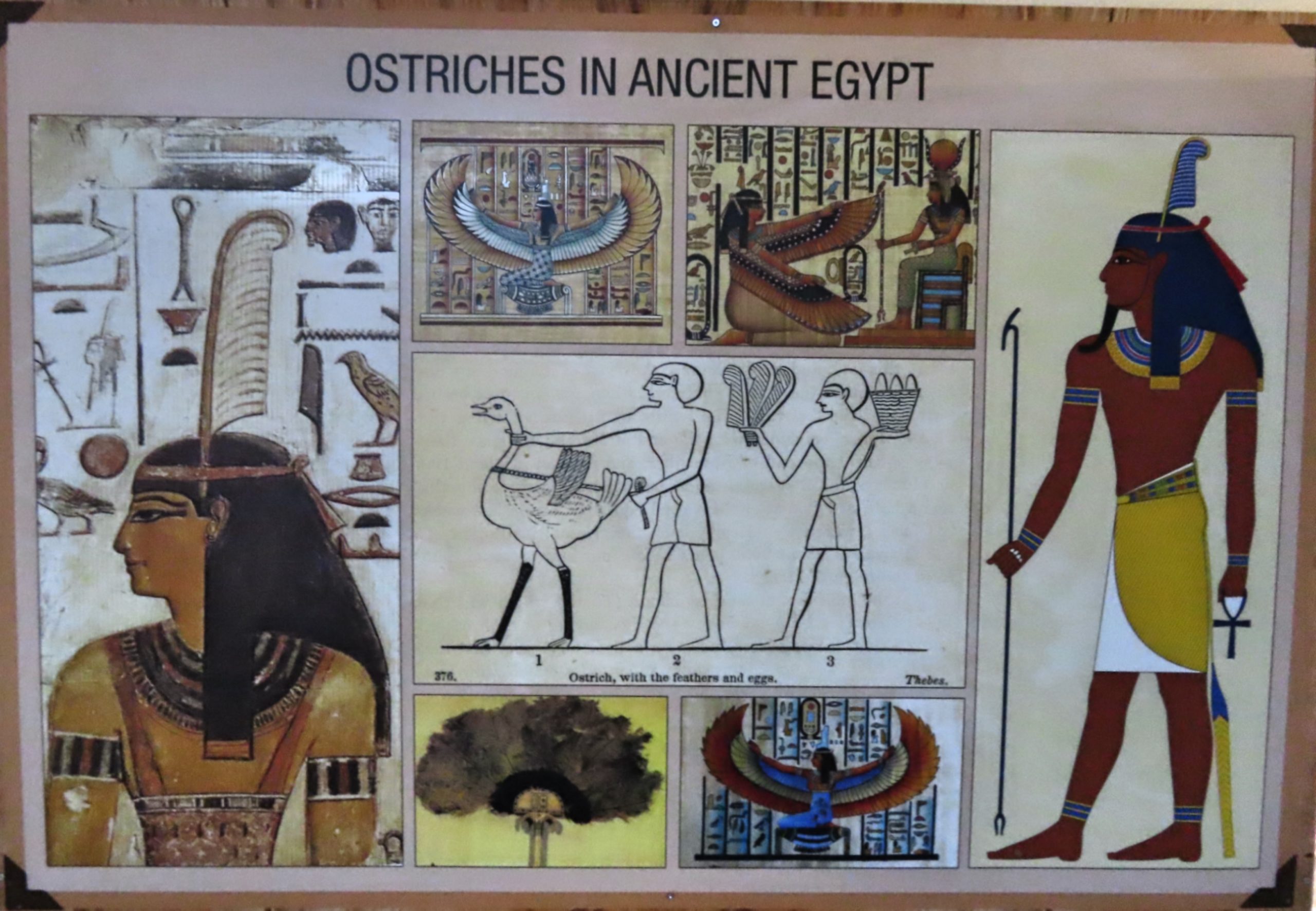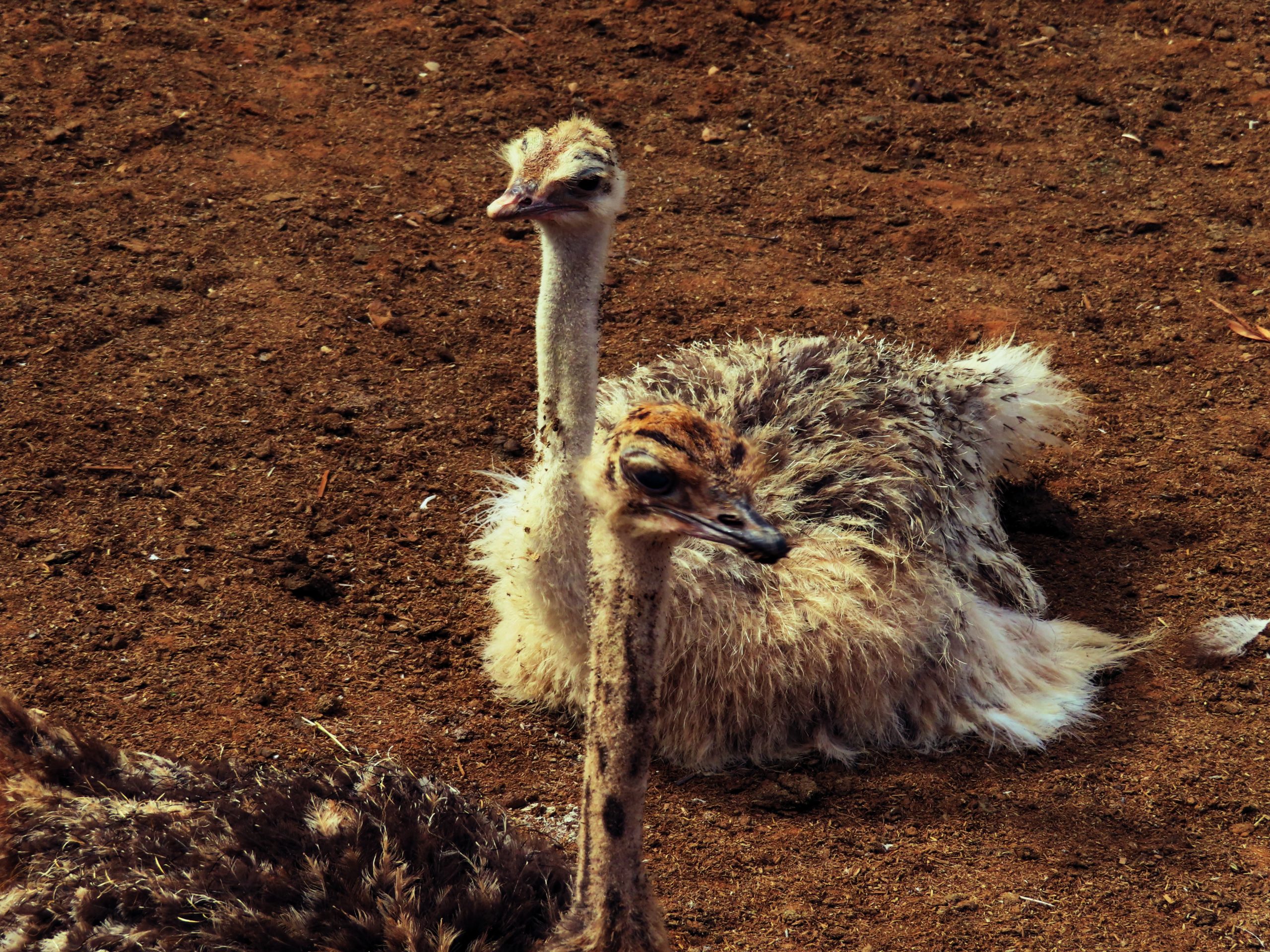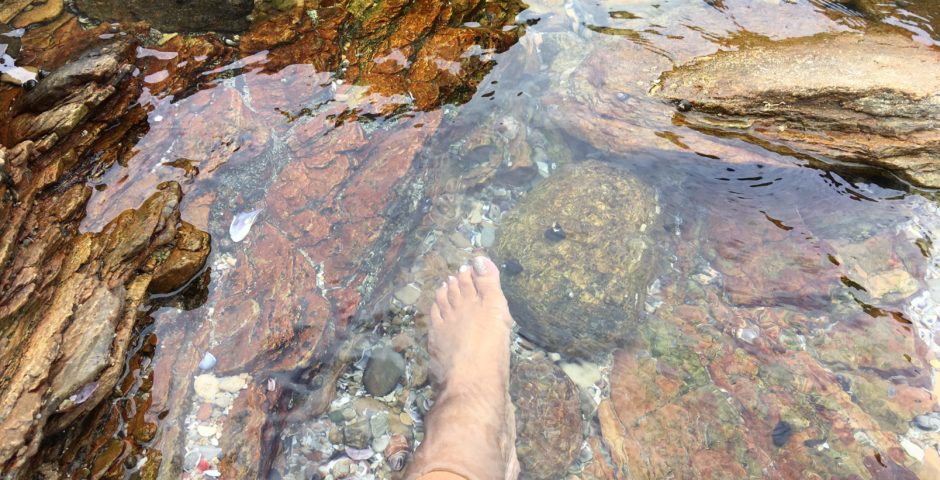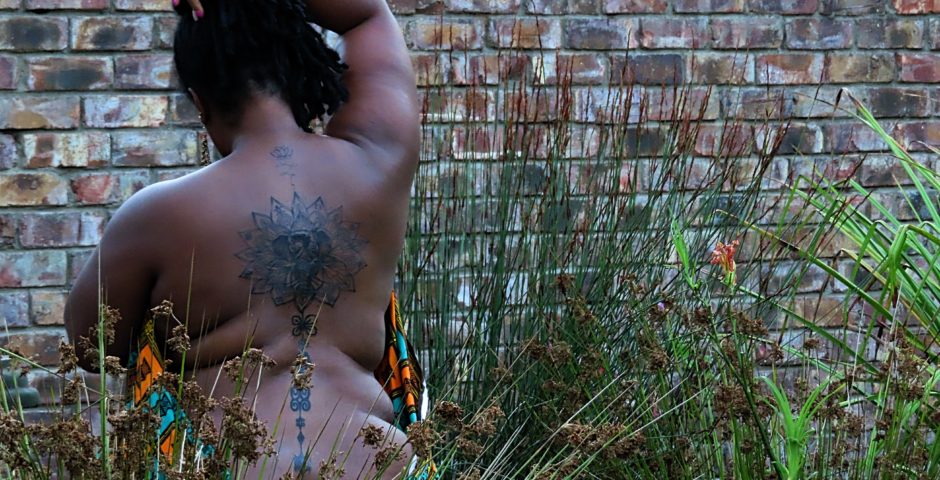
PEF: The (Not So) South African Ostrich
In late 2019, I visited the village of Sabuli in Upper West Ghana to conduct interviews for a book I’ve been “working on” for seven or eight years. (Time is irrelevant now.) For Ghanaians, it is customary for a visitor to bring a gift for the host. I’m sure the same convention applies to other African cultures as well. On this occasion, I thought it would be appropriate to present my host(s) with South Africa’s most unique and recognizable symbols: The ostrich egg; and specifically, one hollowed, etched and engraved similar to the ones I keep on display in my Reading Room. I remembered how enthralled I was by the size of the egg and the intricacies of the designs the first time I laid eyes on an ostrich egg here in Mzansi. I was certain that Sabuli Na would experience a similar sensation and always remember the distinctive gift bestowed by the girl from South Africa. It would be a marvel! *Cue the fanfare*
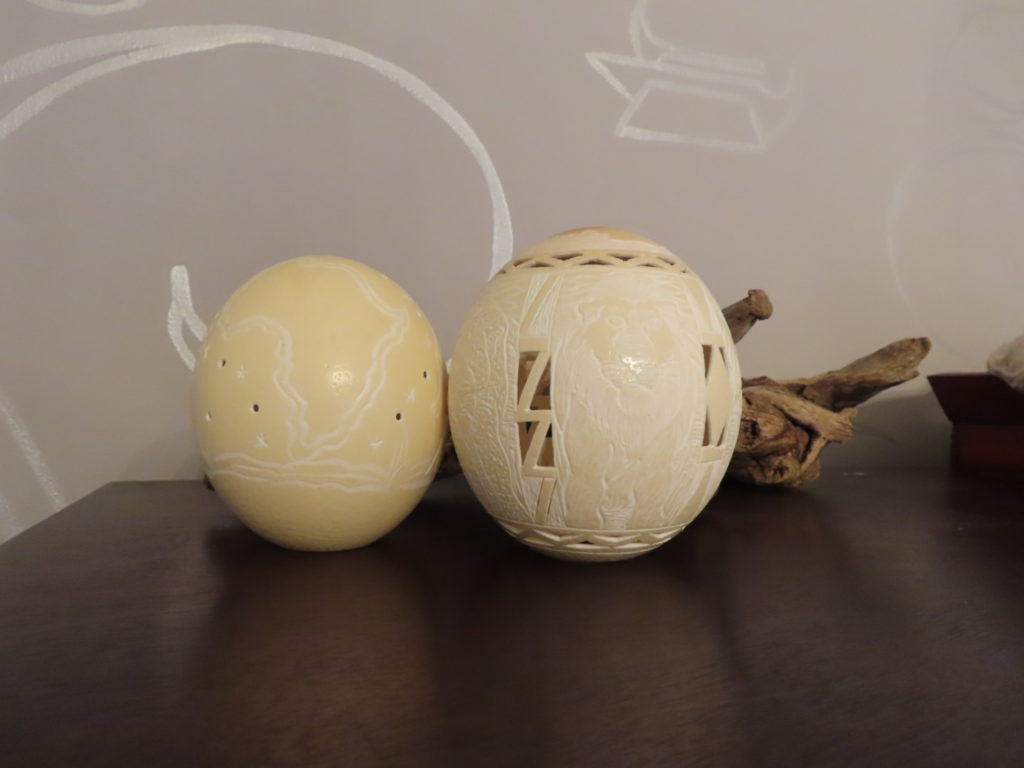
Two things happened on that trip:
1. I never met Sabuli Na because he was out of town on business, but I was able to meet with his elders and advisors.
2. I discovered that my gift was not as singular as I’d supposed.
The gentleman who acts on the Na’s stead received the gift graciously and turned it in his hands slowly. He wasn’t “marveling” at all. In fact, he seemed a little emotional. Auntie Helen – my interpreter – relayed that according to this elder, they used to have this bird in the area.
“But no more,” she said with finality.
I scoffed inwardly – I am ashamed to say – because in all my years of living in Ghana and in all the higher (very expensive) education I had received, nowhere and at NO TIME was I ever informed that ostriches were indigenous to our country. Surely, he was mistaken and I filed his pronouncement away under the mistaken ramblings of a very old man. If you have the sudden urge to stop reading and drag me in the comments, I wouldn’t blame you. It’s at this point that I as the reader would eviscerate the author for his/her pomposity.
The beginning of wisdom is to admit ignorance. Fast forward two years later, where I have now taken up Photo Essay Fridays (PEF) as a project. On this episode, I sojourned to Oudsthoorn in the Klein Karoo (little dessert) to capture ostriches as a subject. Marshall and I visited Safari Ostrich Farm – one of the few remaining farms to survive the economic ravages avian flu and the ongoing pandemic – to capture serene images and present you with a quirky tale about the ostriches life-cycle from egg to plate/purse. As is becoming thematic, the story I was looking for is not the one I found.

As rumbled along in the noisy safari van, the guide shared some quick facts with the group. Ostriches are the fastest land animal on two legs, and achieve speeds of up to 45mp/h. They have a massive claw on their toe and can slice a human open from “nose to navel” (the guides exact words) with ease.
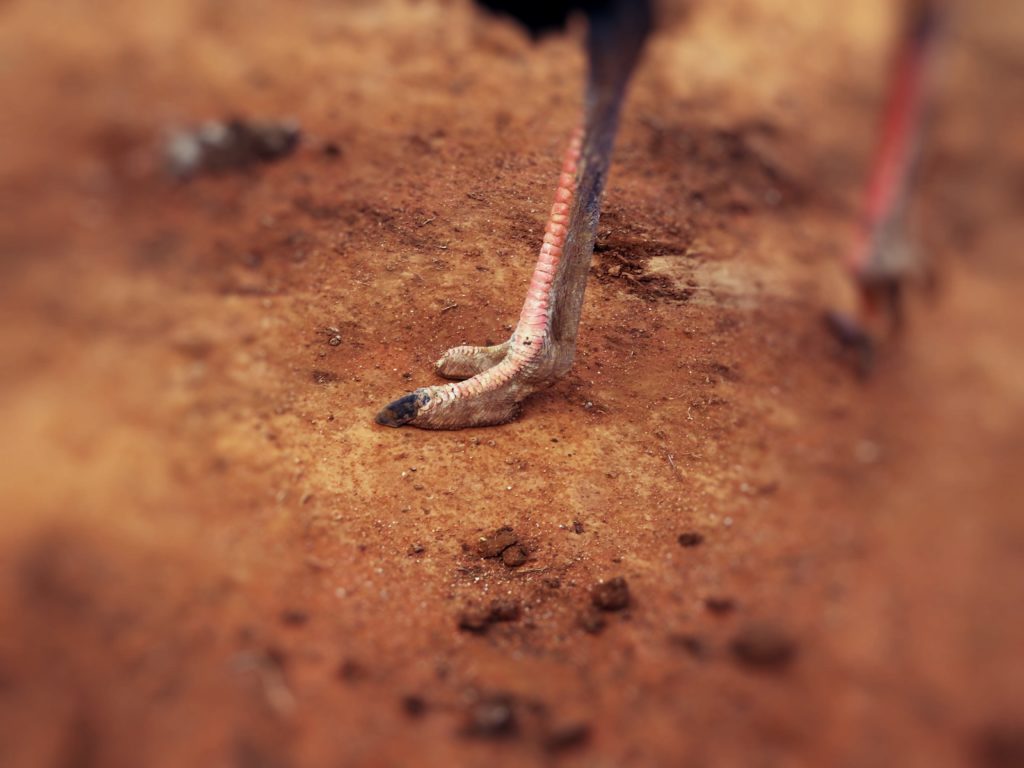
Ostrich moms can sense if their eggs contain viable life and will kick “dead” eggs out from her clutch.
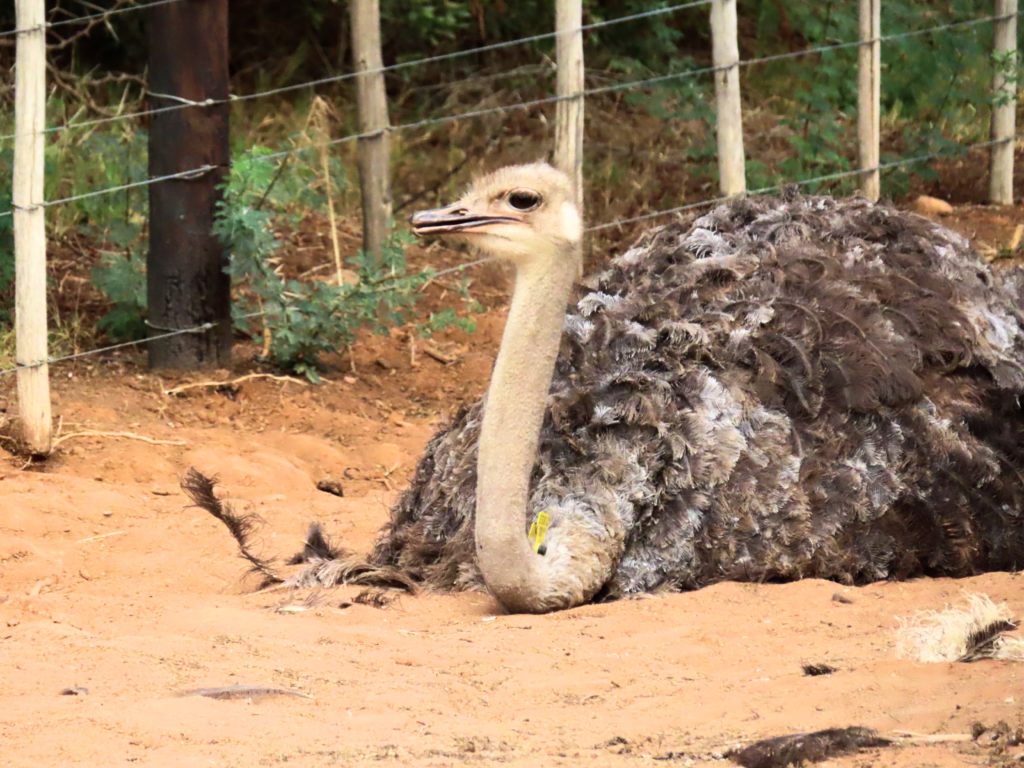
Partnered male and female ostriches will adopt and care for baby ostriches, as long as they are in the same/similar age range as their own hatchlings.
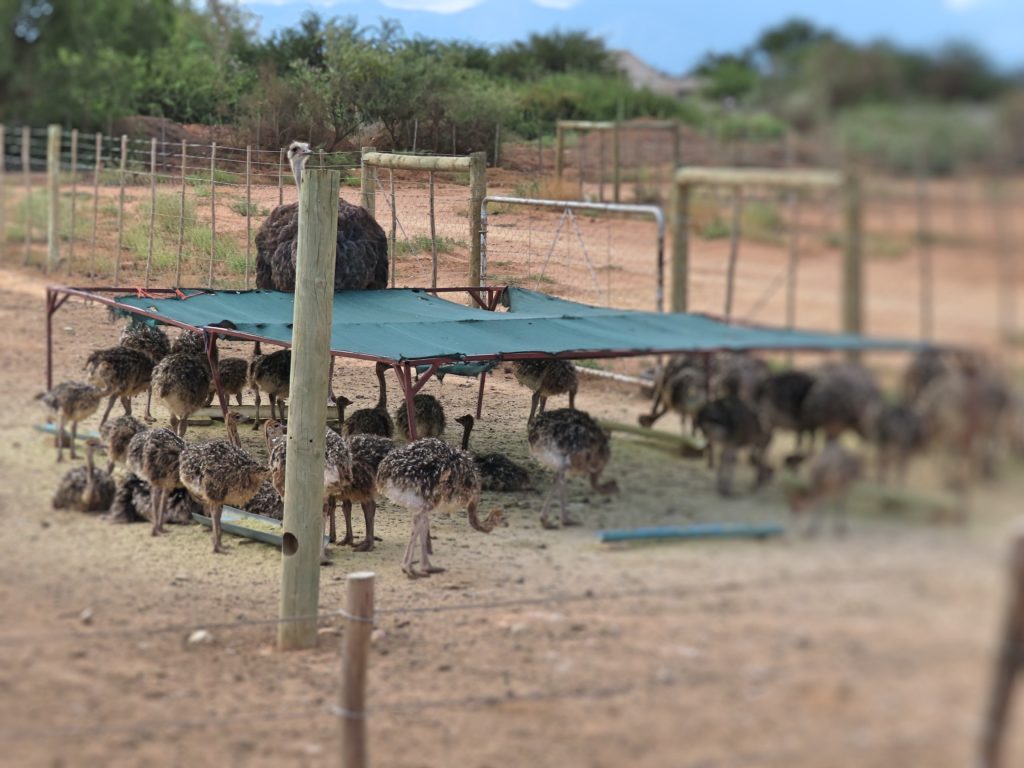
Safari Ostrich Farm is also home to a number of emu, which are native to Australia. This region of the country has a climate similar to the bird’s native land.
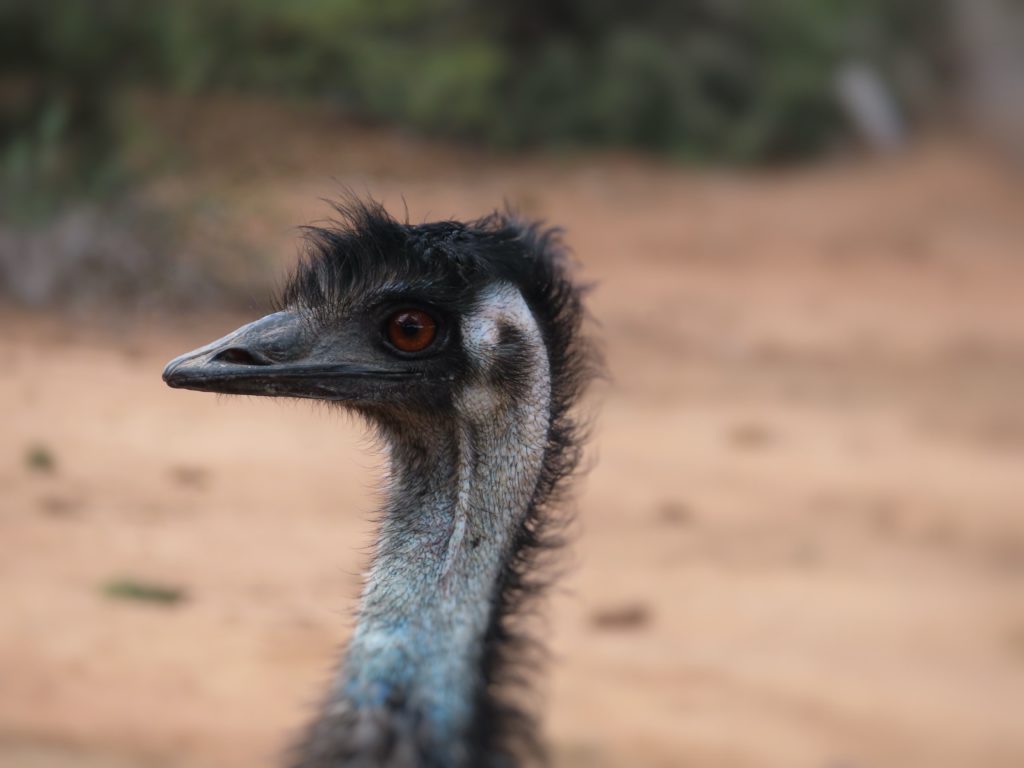
To this point, everything on the photo essay mission was going to plan. We were shown the numerous products derived from the ostrich and its economic implications for the South African economy. Soon, we would be guided towards the gift shop. It was the only natural conclusion. Instead, the guide dropped a bombshell on us.
“Ostriches are not native to South Africa,” she said. She made a grand, sweeping gesture as she spoke her next words. “What we know as the ‘South African ostrich’ is a genus that wandered into the region from much further north in Africa. Ostriches come from Africa.“
(It’s important to note here that many South Africans do not consider themselves – or the country – a part of ‘Africa’; similar to how Egyptians consider themselves Middle Eastern and not actually a part of the Continent. It’s weird, but let them have their thing.)
“When the Cape Colonists settled in the area and discovered how useful ostriches were for meat and fashion, they funded an expedition into Africa to find more. The ostriches were then herded down from Nigeria and Kenya and onto farms here in Oudsthoorn. The farms were own by Jewish families who became incredibly wealthy during the trade.”

Image source: Catchnews.com
(Those farms were/are on land taken from displaced locals in order to foment the trade, it’s important to add.)
Ostriches come from NIGERIA? I couldn’t believe it.
“Yes, they did,” she reiterated. “In fact, that variety had blue eyes. We can’t say if they are extinct. We just know that they have not been seen in years.”
In what is a familiar story of the results and consequences of European imperialism and colonization, this tale of espionage, greed and intrigue had catastrophic consequences for the West African ostrich. The bird was over hunted and exploited, its natural habitat destroyed and is believed to have gone extinct in a short amount of time. (Read The Strange Tale of the Great 1911 Trans-Saharan Ostrich Heist. It’s a fascinating read.)
The elder’s pronouncement in Sabuli came back to me. If the bird lived along the savanna belt of northern Nigeria, it only made sense that it would have have been found in Sabuli and other surrounding areas. And given the recent occurrence of the European invasion, the Scramble for Africa and this particular elder’s age (we has about 80), it is logical to conclude that he may have seen some of the last remaining ostriches in his region. Just…wow.
So there you have it folks. Oudsthoorn, “the Ostrich Capital of the World”, is not even the originator of ostriches.
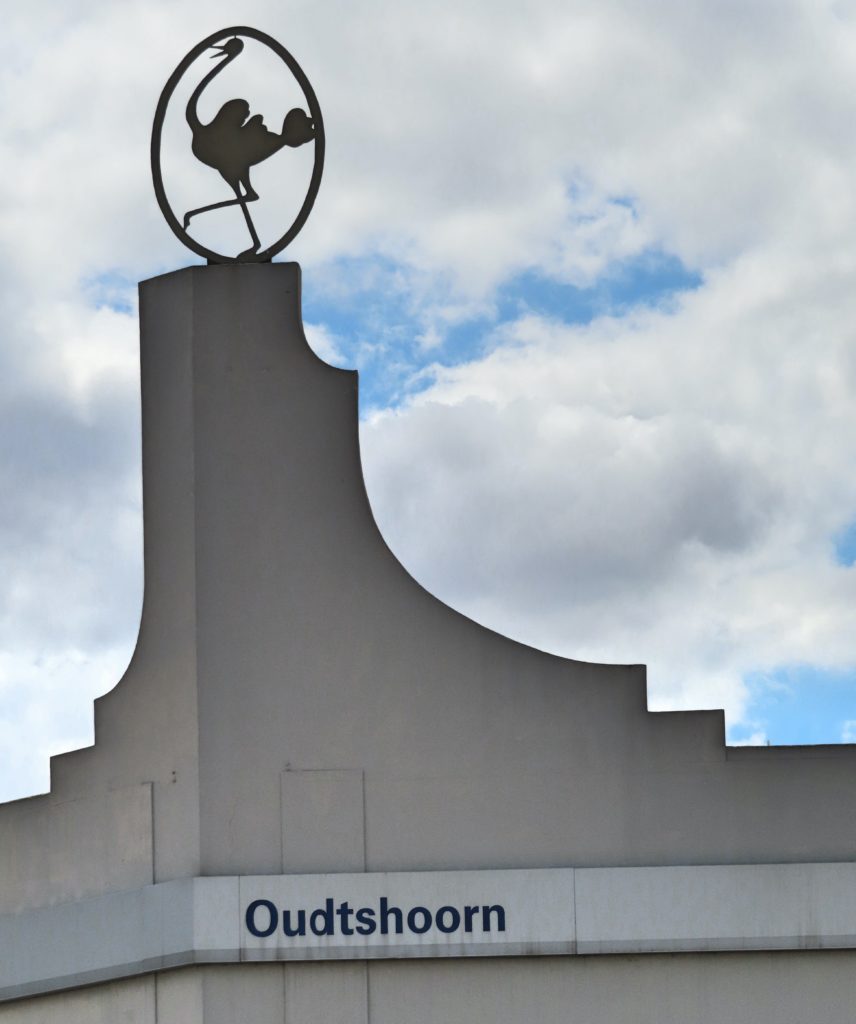
What other lies have we been told?




